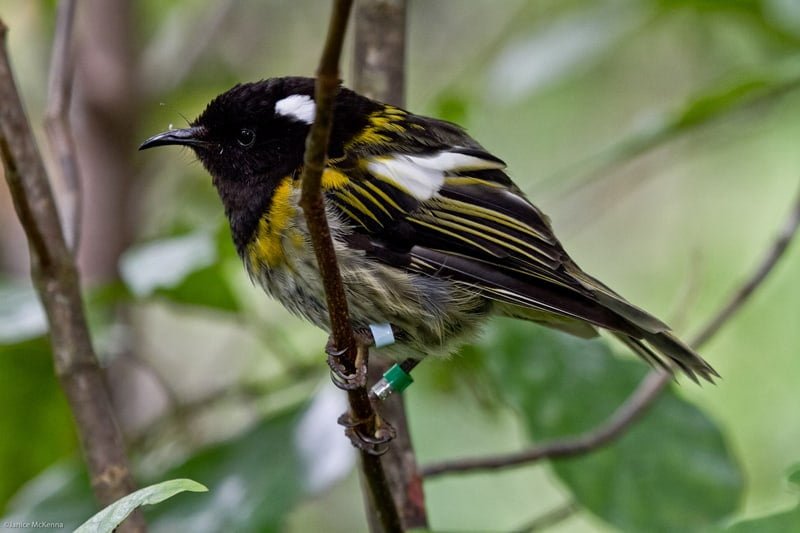Our current position is that gene drives and/or other GE technologies will potentially be useful for the eradication of pests in New Zealand – pests that are devastating many of our precious native birds, bats and insects. However, a great deal of research and understanding, as well as public acceptance, is required before such technologies could be implemented.
We’re exploring the social and bioethical issues surrounding GE, in order to understand concerns and the necessary safeguards/assurances should the technology ever be introduced as a tool to protect New Zealand’s environment. All of our research investments are done in partnership with Māori.
One of BioHeritage’s big goals is to create better ways of protecting our natural, urban and productive environments from harmful organisms such as pests, weeds and pathogens. Investing in novel tools and technologies is one strategy being employed to achieve this goal.
We do not advocate for any particular tool or technology for pest control. Our position is to investigate a number of options – including using GE and gene drives in the future – in an evidence-based framework. Read more about our views in Challenge Director Dr Andrea Byrom’s blog.
While BioHeritage formally includes 18 Challenge Parties, it is important to note that many of them may take different positions on research into such technologies.
Here, we are solely reflecting the position of the BioHeritage Challenge – it is in no way indicative of the positions of other organisations. The scope of BioHeritage’s position is only in respect of protecting New Zealand’s environment from harmful organisms such as pests, weeds and pathogens. Genetic technologies have applications beyond this scope, and other Challenge Parties may have positions on these technologies both within and outside the scope of the BioHeritage Challenge position.
